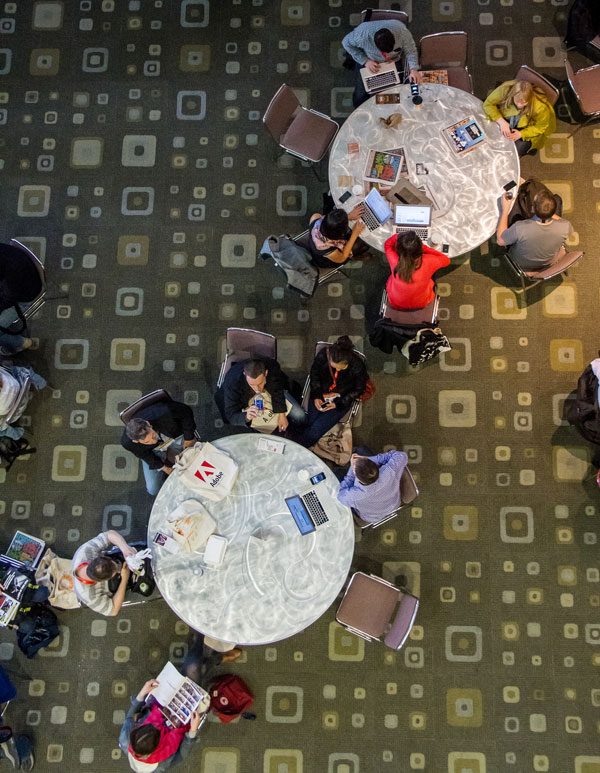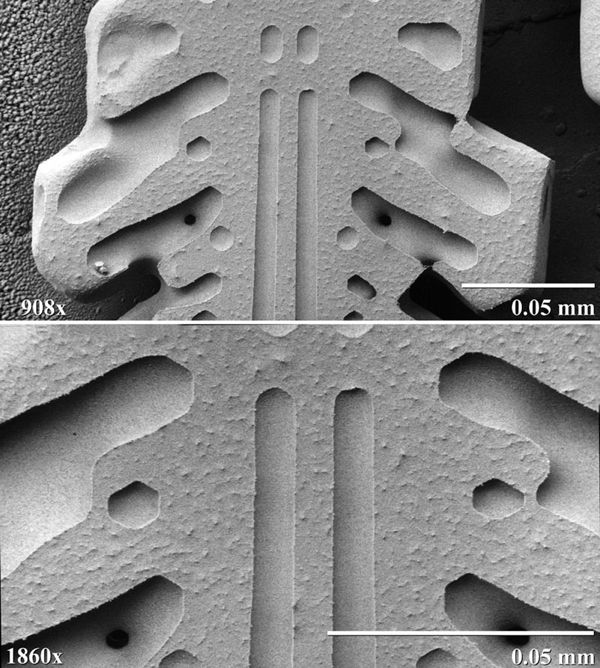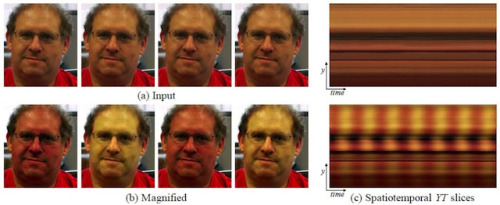
Image: SXSW 2013, Friday March 8th, a Creative Commons Attribution Non-Commercial Share-Alike (2.0) image from thelotuscarroll's photostream
I must start with a tweet from my wise friend Xeni Jardin:
"Some of you have asked why I'm not at SXSW: as a person with cancer, have I not suffered enough already?"
Well, some of us still are there at South By South West every year, among hordes of nerds, geeks and unnoticed celebrities in a magnificent carnival of tech in Austin, Texas.
This year, I had Stendhal's syndrome after day two: I risked a stampede while fleeing the endless queue for Al Gore' s keynote. At a festival of this size, people queue like in war zones where any queue means available goods. It's only after you get a firm place in line that you ask: what are we waiting for?
Individualism in armies is not tolerated, and by day three the entire army itself seemed as crushed by the challenge as I was. The geeks walked aimlessly, tired, with dark bags around their eyes, dirty clothes, undone laces. Austin is a besieged town in these ten days: with thirty thousand paying attendees and an un-numbered horde of locals and curiosity-seekers, roaming the streets of this proudly weird city.
The headless and dismembered horde of internet geeks overloaded the Internet in the Austin convention center, and phone service also crashed because of too much downloading, uploading, tweeting, flickring, tumblring and whatever new social media was invented this year. Every startup longs to become a Twitter, leaping into prominence among these early adopters and thought pioneers. They may expect a Twitter at SXSW 2007 and find themselves with an Arab revolution of 2011!
When you are at SXSW, you have an anxious feeling of missing just about everything except the event you are actually seeing. Seeing too much too soon upsets the stomach, and how painful to think that your limited human mind will never comprehend the virtual nomadic language of these young natives. Even their body language changes radically year by year, as they invent new ways of poking, stroking or scratching their new devices. You can forget the mannerly habits of looking people straight in the eye, cordially shaking their hand. Their eyes drift when they speak, they stare at their handheld devices and send smilies to distant comrades, and instead of shaking hands they bump fists.
A new esthetics implies a new fashion. This year the crowd was much better dressed than last year: fewer fat desktop jockeys and more girls who "forgot their skirts" it's all about elastic jeggings and beautiful computer generated patterned tights.
A panel explained how to wear gadgets in the future; expect them to vanish into the electric seams of the clothing. Since we are becoming tech fashion victims, why consider it creepy to wander the streets with head-mounted Google Glass? What could there be to fear in enhancing the human experience, by tossing one's clumsy phone aside and wearing it on your forehead? Why hide the technology, for if you hide it too effectively you're being spied upon by surveillance you can't even see. Put GPS inside your beautiful shoes, then draw tender hearts on the fabric of your jeans and have your trousers send that straight to the pants of a loved one. As your heart beats faster with emotional joy, your blouse and your earrings blush with LED color.
Augmented Reality activist/ artists are getting political, using their devices to "invade" the closed locales of NATO bases, or decorating the air around the tents of the Occupy movement in New York and elsewhere.
Half the participants at SXSW seem to be volunteers, a hardworking invisible army of young locals who supply the sweat and labor behind the fancy screens and stages of the interactive superstars. This found a strange parallel in the film "Good Old Freda," which documented the obscure life of hardworking Beatles fan and secretary Freda Kelly. This teenage Beatlemania devotee was the private, invisible secretary of The Beatles, faithfully answering their fan mail from their very first day and after the band split. A woman who once she stopped working for the Beatles, scarcely bothered to tell her story, even to her children or grandchildren. Until today! and boy, Freda is the best of the Beatles, the only one who wasn't destroyed by all the hype!
At SXSW the halls and rooms and ballrooms were set that everybody could be a star for three minutes: you could sit on throne of the "Games of Thrones" fantasy television series, or stand in an ad for some fancy product…the horizontal structure of social media transforms the masses into Good ol' Fredas with a story to tell. We can only hope there is somebody left to listen!
On Tuesday, with the hordes mostly gone back to the coasts or Europe, the event closed with three Austin gurus, futurists and-or hustlers, Hugh Forrest, Jon Lebkowsky and Bruce Sterling, veterans of the event's early days, confronting a second and third generation of geeks.
It was a moving sign that the show must go on… Occupy SXSW!









 The LumiLor TM electroluminescent coating system is a patent-pending, practical, durable and affordable technology that can be illuminated with a simple electrical current.
The LumiLor TM electroluminescent coating system is a patent-pending, practical, durable and affordable technology that can be illuminated with a simple electrical current. 


















